Muslims mark Day of Arafah in biggest Hajj pilgrimage after pandemic
Tens of thousands of Muslim pilgrims have arrived at Mount Arafat, also known as Mount of Mercy, to perform one of the final rituals of the Hajj pilgrimage.
The 9th day of the lunar Hijri month of Dhul Hajja is known as the Day of Arafah. It is when Muslims depart for the Mount of Arafat, east of the holy city of Mecca, and stay there to sunset, performing prayers and reading the Quran in a ritual called “Wuquf at Arafat.”
The pilgrims converged on Mount Arafat, which is believed to be where Prophet Mohammed (PBUH) delivered his final sermon, in the early hours of Friday.
Muzdalifah, halfway between Arafat and Mina, is the next destination of pilgrims after the sunset where they will sleep under the stars. On Saturday, they will embark on performing the symbolic “stoning of the devil” ceremony.
Pilgrims will then return to the Kaaba to perform a final “tawaf” or circling before marking the end of Hajj with Eid al-Adha.
Hajj pilgrimage is one of the pillars of Islam that Muslims who have the means should perform at least once in their lives. Muslims typically save for years to take part in the event.
The Hajj consists of a series of religious rites that are completed over five days in Islam’s holiest city, Mecca, and surrounding areas of western Saudi Arabia.
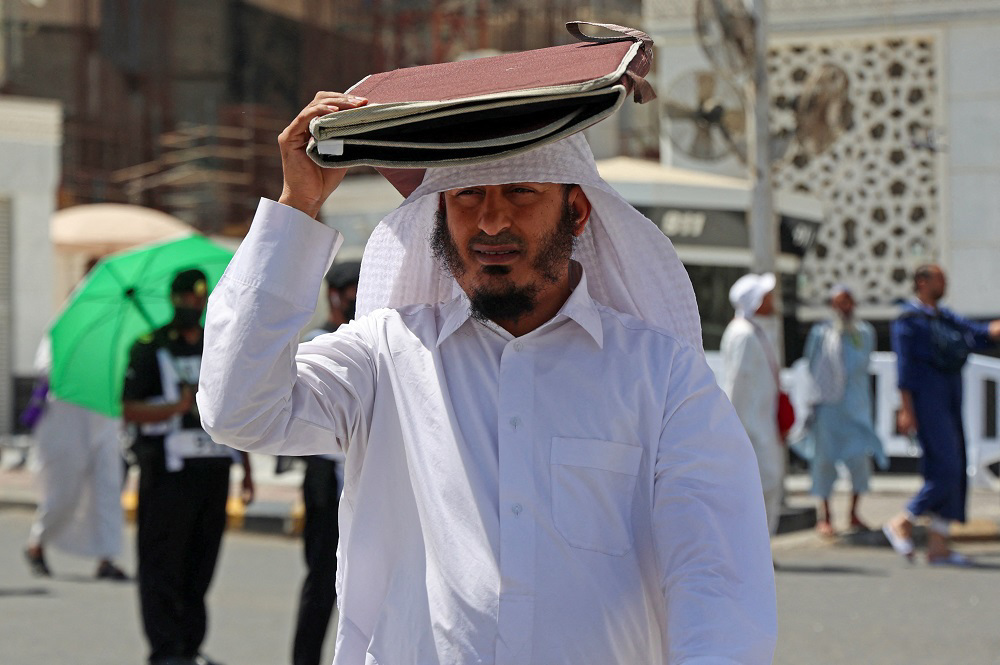
Dealing with extreme heat
Falling in summer this year, the ritual in Arafat which is held under the scorching sun with a temperature up to 42 degrees Celsius (108 degrees Fahrenheit) poses a challenge to worshippers.
Muslims typically shield themselves from the sun by staying under umbrellas. Saudi authorities say they have prepared for extreme conditions by allocating hundreds of hospital beds for heat stroke patients, installing misting fans, and providing pilgrims with umbrellas.
“We can tolerate (the heat). We are here for the hajj. The more we tolerate, the more our pilgrimage is accepted,” Laila, a 64-year-old Iraqi pilgrim who gave only her first name, told AFP in Mecca before reaching the mount.
Shadow of COVID-19
Those performing the ritual this year must be under 65, vaccinated against the coronavirus, and have tested negative for COVID-19 within 72 hours of travel. The pilgrims are chosen from millions of applicants through an online lottery system.
With one million pilgrims in attendance, this year’s Hajj pilgrimage marks the biggest one held since the beginning of the COVID-19 pandemic in late 2019. Saudi Arabia limited Hajj in the past two years to Saudi residents due to the pandemic while some 2.5 million people attended the ritual in 2019.
In 2020, Saudi authorities allowed only 1,000 pilgrims residing in the kingdom to perform the ritual which led historians to compare the situation to the holy site’s storming by insurgents and dramatic closure in 1979.
Hajj attendees hit 60,000 last year. However, the ritual was restricted to fully vaccinated Muslims who live in Saudi Arabia. The decision shocked Muslims around the globe who typically have to wait for years to make the journey.
Saudi Arabia has relaxed restrictions this year as the indoor mask mandate has been lifted. Some 70% of the country’s population have been vaccinated against the virus while the country is recording over 500 daily COVID-19 cases.
Pilgrims at the holy site this year are not required to be masked or socially distanced, as during the past two years. However, Muslims are still prohibited from kissing or touching the cube-shaped Kaaba, the metaphorical house of God at the center of Mecca, which pilgrims circle as they complete the Hajj.
Religious pilgrimages brought in $12 billion before the pandemic, accounting for the largest percentage of Saudi Arabia’s gross domestic product after oil.
Hezbollah attacks Israeli forces after Lebanese homes blown up
World leaders, states hail ICC arrest warrants for Netanyahu, Gallant
MP: US accountable for possible Israeli 'foolishness' to attack Iraq
VIDEO | Israeli policies strangle Palestinian agriculture, economy
Iran's president offers condolences to Pakistan over terrorist attack
Canada’s Yukon town council at standstill over refusing oath to King Charles
Yemen's Houthi calls for jihad to protect Palestine against Israel
VIDEO | Internal rifts within Israel


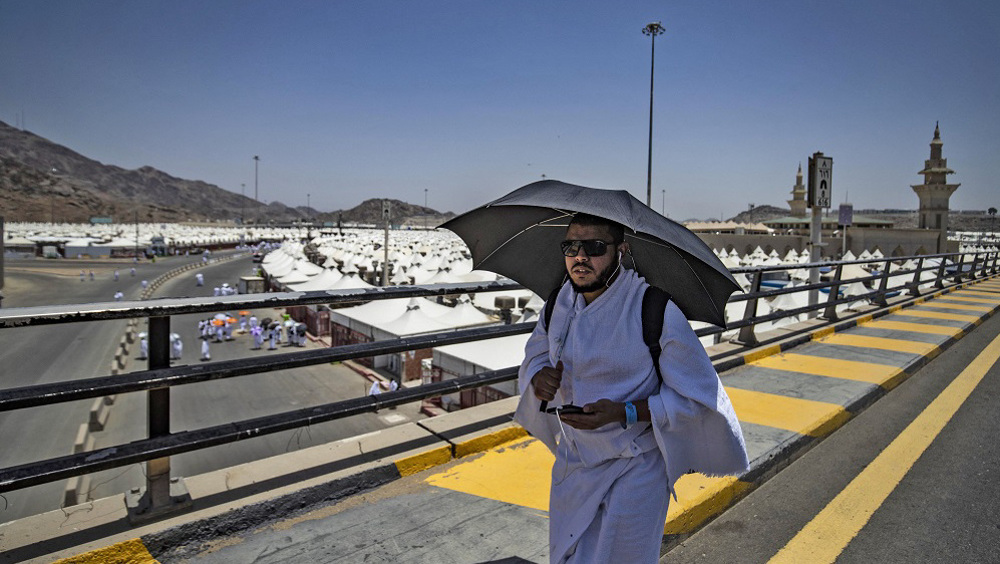
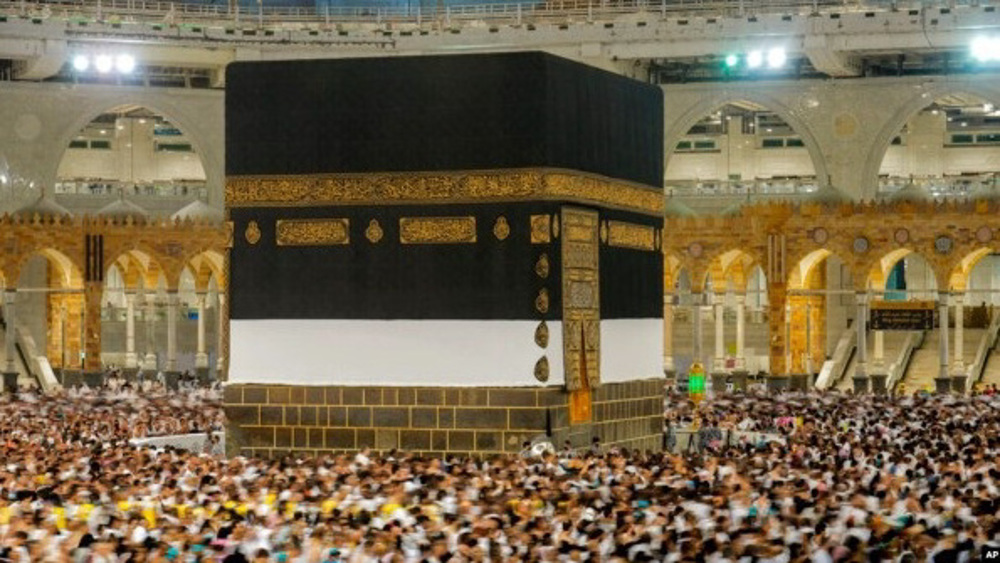

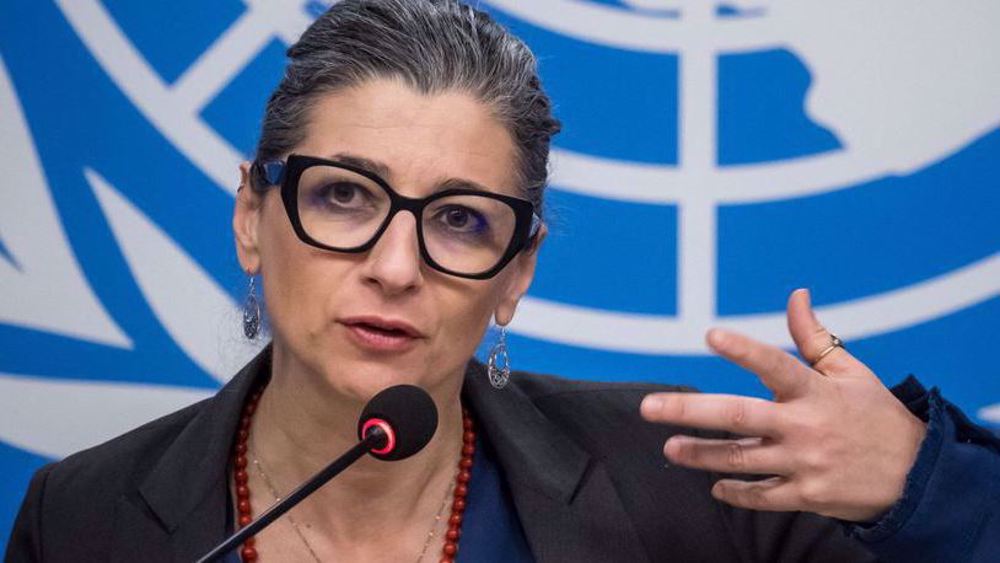
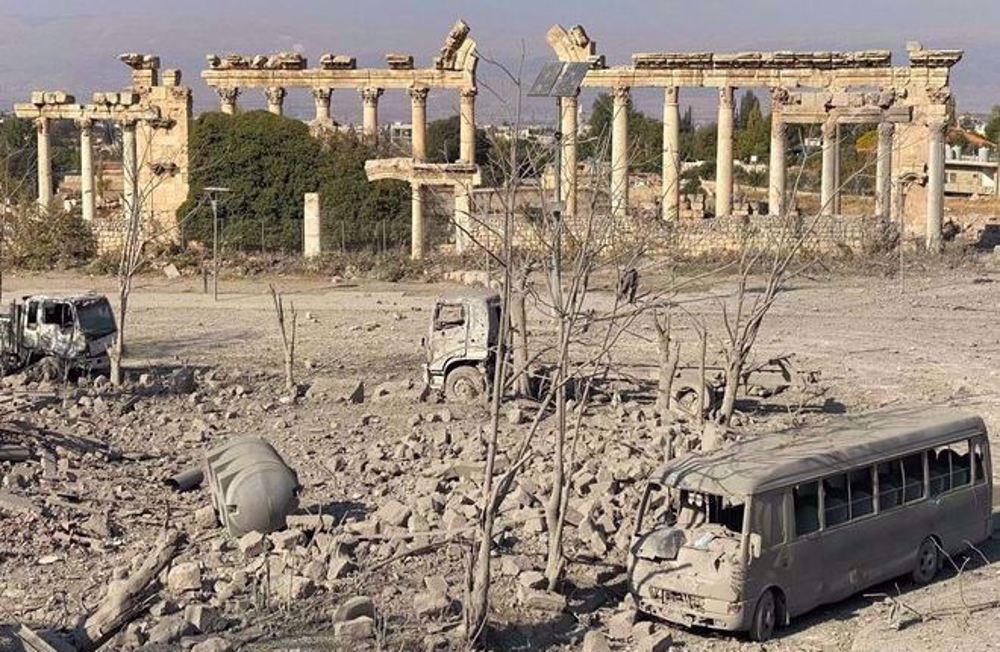



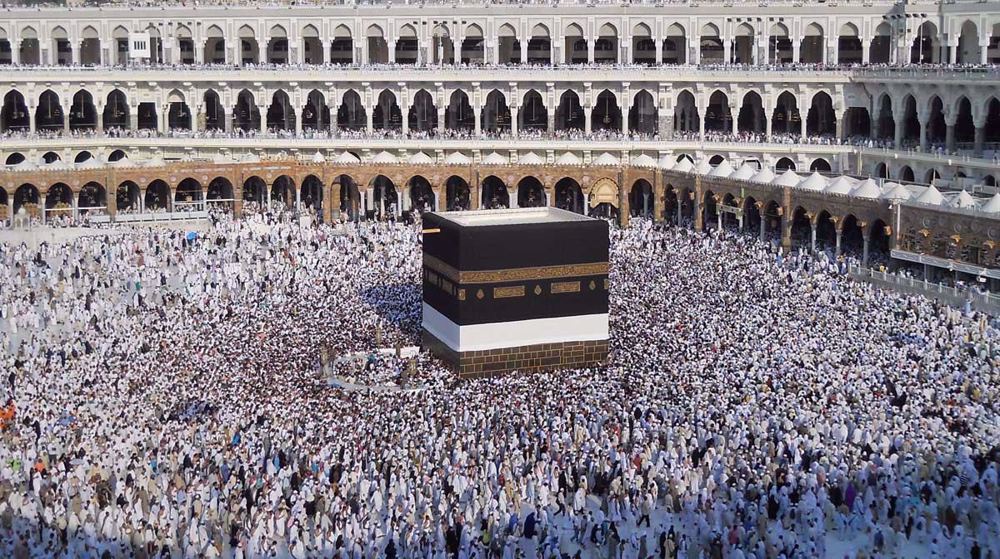
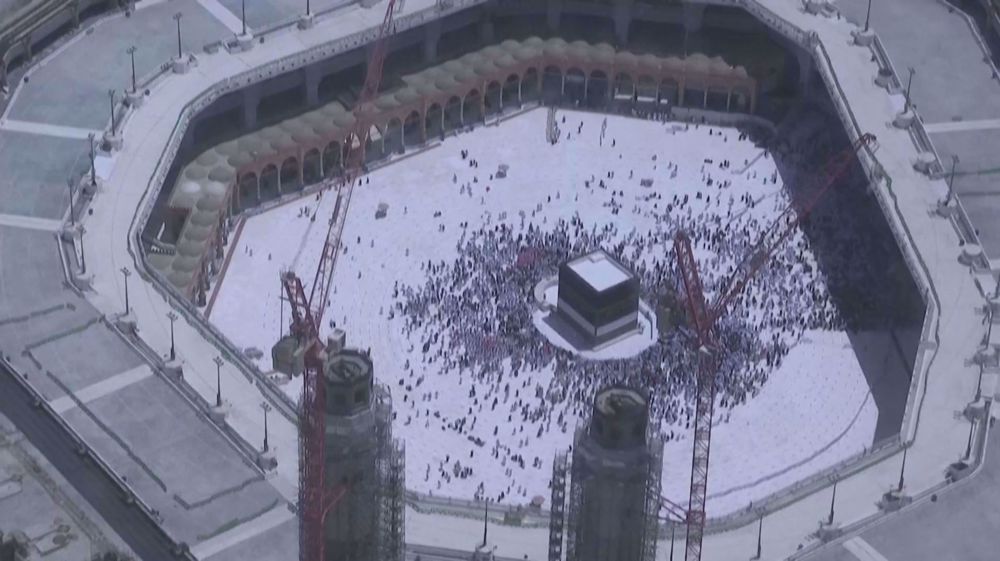
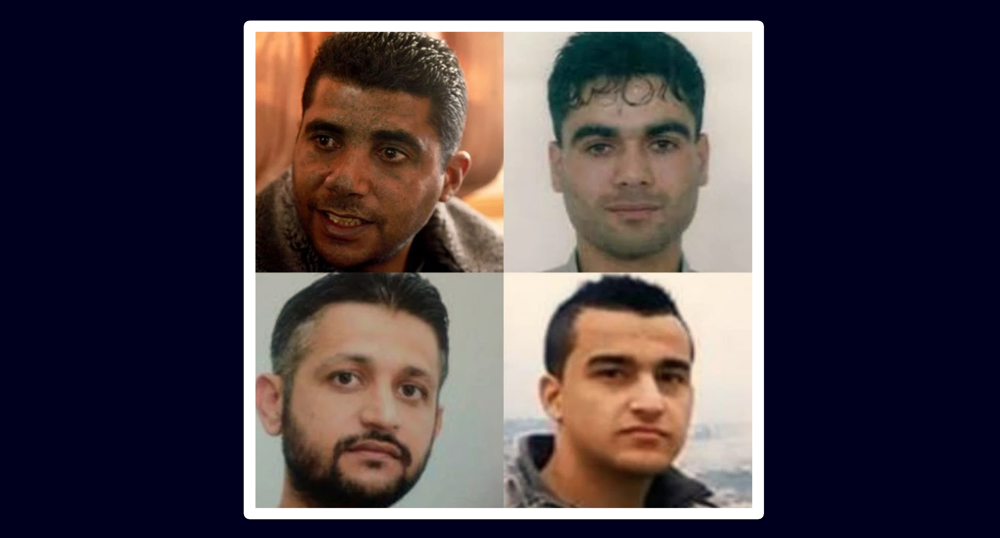
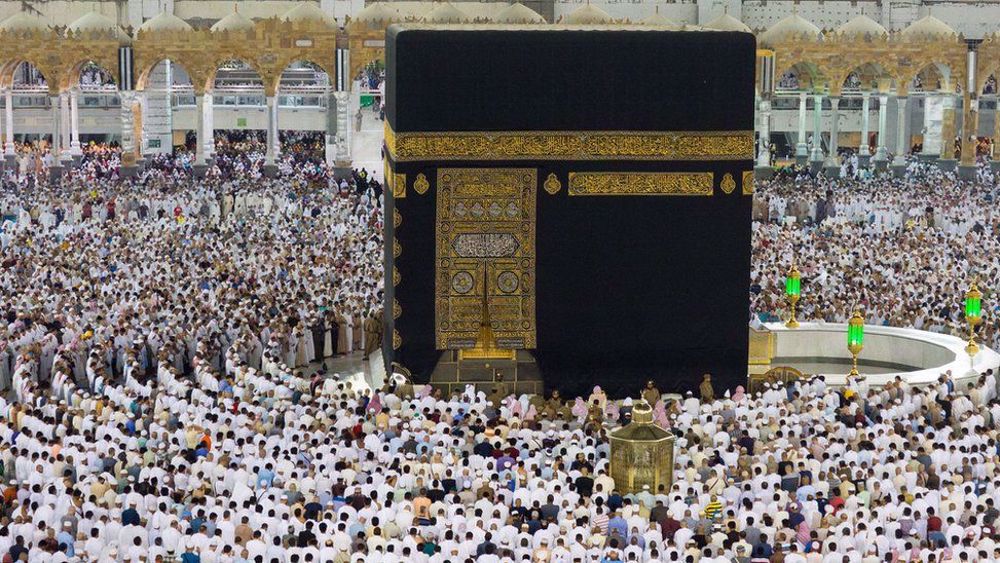
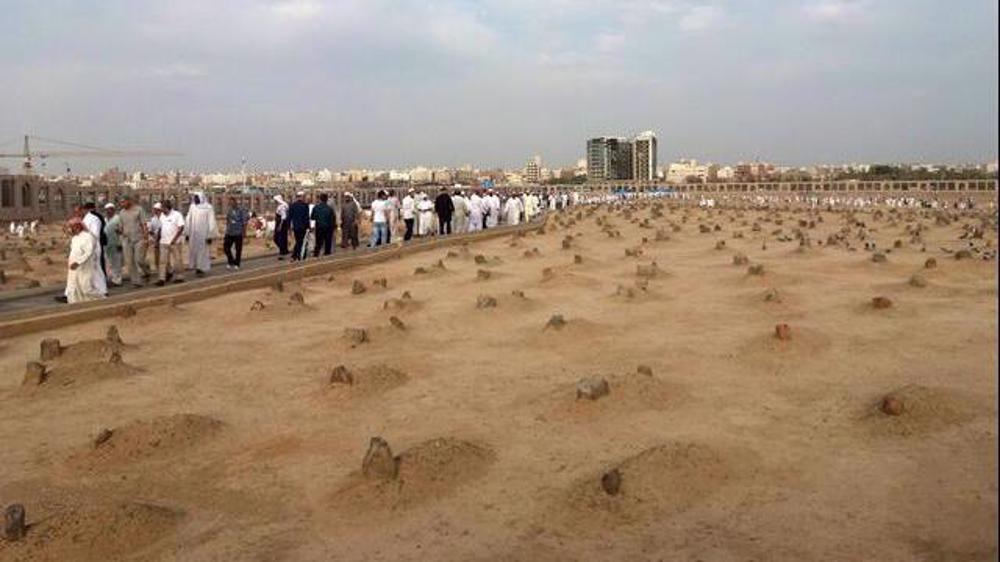


 This makes it easy to access the Press TV website
This makes it easy to access the Press TV website